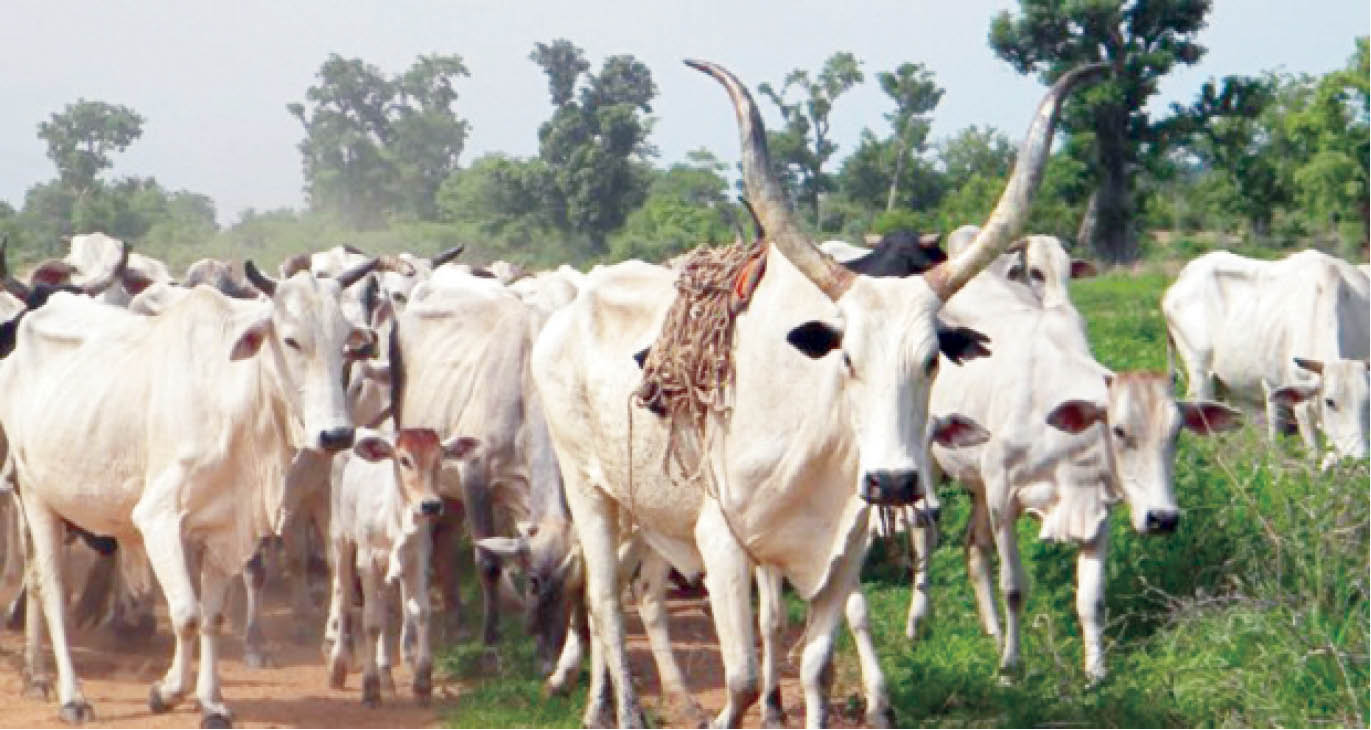Strategies livestock feed producers adopt to survive
Animal feed producers in Kano State have lamented the high cost of raw materials. The producers attributed the challenges facing the industry to the astronomical rise in the cost of maize, soybeans, diesel and other ingredients used in the production of animal feeds, especially for poultry production. 484 Kano communities to benefit from $20m COVID-19 […]

Experts are suggesting ways of restoring the lost glory of the nation’s livestock sector
Animal feed producers in Kano State have lamented the high cost of raw materials.
The producers attributed the challenges facing the industry to the astronomical rise in the cost of maize, soybeans, diesel and other ingredients used in the production of animal feeds, especially for poultry production.
484 Kano communities to benefit from $20m COVID-19 agric intervention
AGRO SOLUTIONS: We need to adopt more orphan crops
It was gathered that a ton of maize, which sold for N85,000 two years ago, is currently between N400,000 and N480,000, likewise the price of soybeans which has risen by over 50 per cent compared to what was obtainable two years ago.
Following the sharp increase, the cost of poultry feed increased from N6,500 in August last year to between N9,500 and N9,700. The cost of poultry industry feed, which contributes heavily to production costs, has resulted in the increase of poultry products by over 75 per cent within a year.
Highlighting the plight of the feed producers, MD of a Kano-based feed producing firm, Sovet International Nigeria Limited, Alhaji Abdul Sovet, revealed that animal feed producing companies were forced to reduce their production capacity, adding that even though he had not downsized his workforce, many in the production sector have laid off some of their staff.
According to him, different variants such as lack of steady electricity supply, high cost of diesel, high cost of production of raw materials and the additives have necessitated many feed companies to cut their production capacity as demands for the products have dropped drastically.
Sovet explained that recent findings had revealed that many farm houses have closed down because they could not cope with the current inflation level, adding that the low patronage recently being experienced had also contributed to the whole issue.
“We learned that many farm houses have closed down because people are after food now and not meat. This by extension, has affected the demand for animal feed coupled with the fact that the price of every raw material we require to produce has gone up. It is indeed very tough for us, we are just managing to keep afloat, but many have gone home,” he said.
It was reliably gathered that currently, to produce 25kg of poultry feed, a company will spend N6,500 to N7,500 a situation most of the producers believe is not sustainable in a less competitive and supported business environment such as what is currently obtainable in Nigeria.
A small-scale animal feed producer, Malam Buba Adamu, revealed that he had to downsize his staff to six from 15, adding that if things continue the way it is, he will definitely close down by the end of 2022.
Adamu also revealed that due to the high cost of raw materials, most of the small-scale animal feed producers have reverted to the use of rice shaft to produce animal feeds. According to him, poor electricity supply, high cost of diesel and high cost of raw materials are pushing the small scale producers out of business.
Another small-scale animal feed producer, Malam Umar Hamza, stated that the current situation in the animal feed production has affected not only the small-scale producers but also the mega feed producers are affected as well.
According to him, his small company suspended production last month and at present, the company is trying to sell the already produced feed before the company closes down completely.
“As you can see, we have suspended production; what you are seeing is what we have produced already and we are trying to complete selling it before we close down completely. We can’t cope with the situation at hand, the patronage has reduced drastically because many farm houses have closed down and cost of raw materials and that of production have doubled,” he said.
